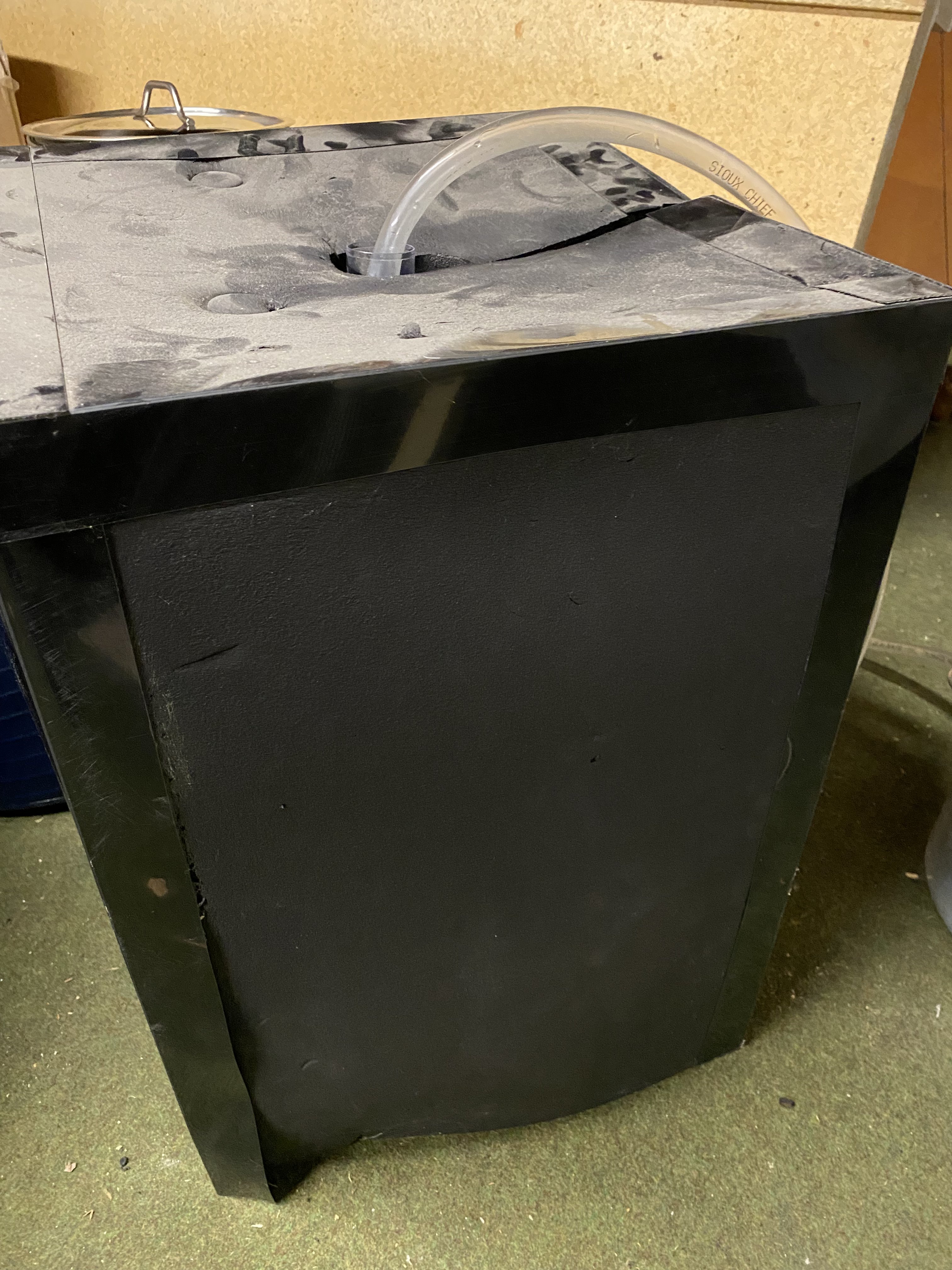italianorose
Member
- Joined
- Feb 24, 2022
- Messages
- 9
- Reaction score
- 0

Is this okay? Sorry for poor quality, it’s in my basement that is going to be remodeled this summer.
Its going to be a yeungling clone, and it’s an ale yeast because doing lager is past my capability right now


 Good for you.
Good for you.